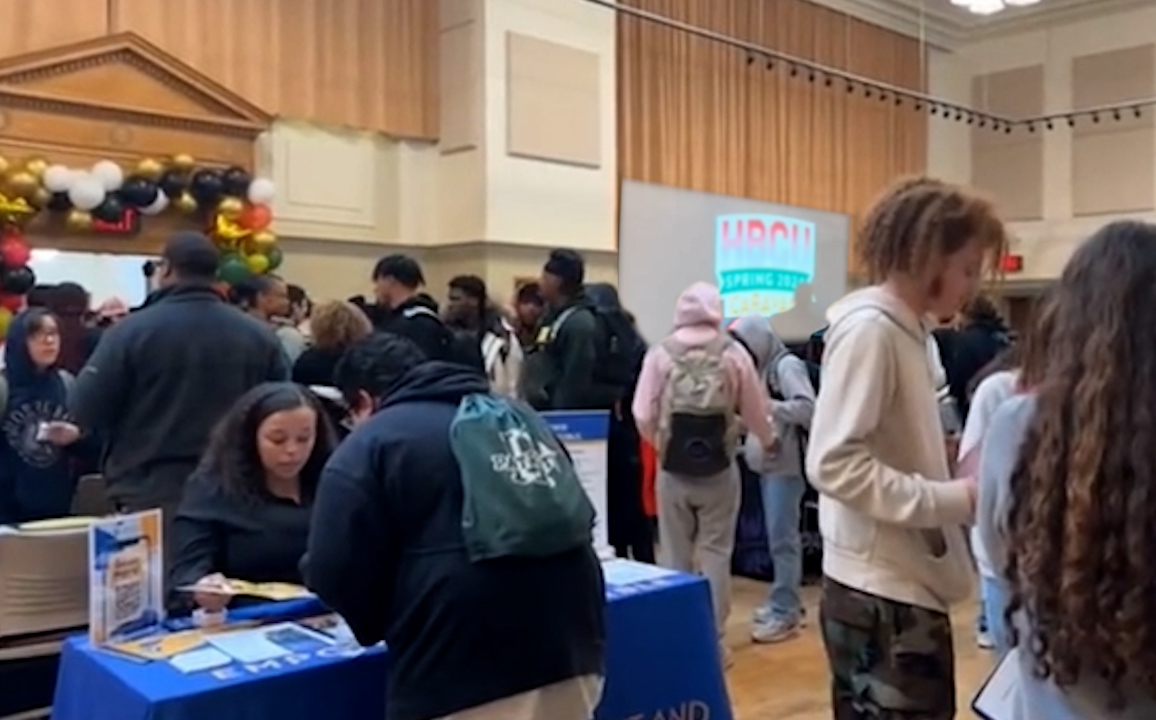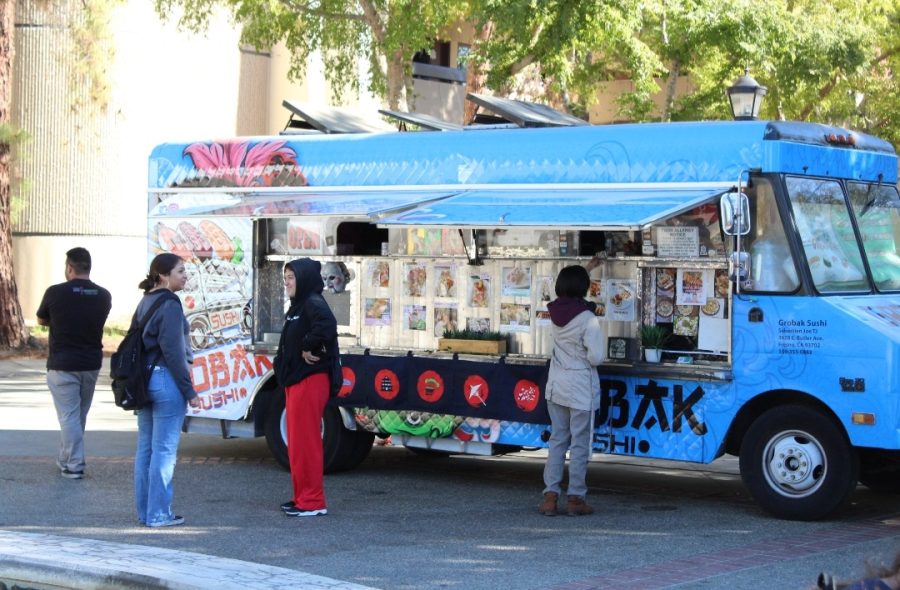After working in banking for the last four years I’ve come to realize that most people really don’t know a lot about their bank accounts. To tell the truth, I didn’t know much about my own bank account until I started working in banking. After that, I found it amazing that others didn’t know what I was learning. As far as I was concerned, the only thing that really mattered was that my money went in when I put it in and came out when I took it out. But there is a lot more to banking then you would think. And it is amazing what this information can do for you. So here are a few things that I bet you didn’t know.
1) You money isn’t always available right after you deposit it.
All banks have something called cut off times. The Federal Deposit Insurance Corporation (FDIC) sets these and they are the same at all FDIC regulated banks. On Mondays through Thursdays, if you deposit your money before 4:00pm your money will go through and post that night. If your money is not deposited before 4:00 pm it will not clear until the next business day at 12:00pm. On Fridays you have until 6:00pm to make your deposit. Any deposit after that will not clear until Monday night. While most banks are open on Saturdays, since it is not a business day, and nothing will be cleared again until Monday night. Think of it like the post office, they are open but nothing is shipped out. So, the only way that your money is actually available is if you deposit it thorough your bank’s ATM. Most ATMs will make the first $100 available, but check with your bank because ATM’s have cut off times too.
2) Don’t overdraw your account.
The concept of overdrawing your account is a very simple one; however, that doesn’t stop people from doing it. If you spend $10 and you only had $5 at the time. You probably will get an overdraft fee, which can be up to $35 per item. You might be able to avoid one if you make a transfer or a deposit right away. If you are going to do this, make sure it is cash, and keep in mind your banks cut off times. If you are like most people and use your ATM debit card for everything, keep in mind that it will keep on working even if you don’t have the money in your account. Because of the VISA or MASTERCARD logo, some of your transactions will be processed as credit. And the bank has to honor any transactions that are done, even if you don’t have the money. The best way to avoid becoming overdrawn is to watch how much money you have, see if your bank offers overdraft coverage. And remember, just because you have the money in the account at the time of purchase. Does not mean that it will be there by the time your transaction comes through your account days later.
3) Regulation D.
The final thing that I bet you never knew about your bank account is a federal regulation called Regulation D. Regulation D actually limits the number of times you can transfer money from your savings account. You are limited to only six per month. If you exceed these 6 you will be charged a $10 fee. If you exceed your transfers two months in a row, your savings account will be converted into a checking account with out your permission. To make matters more complicated, it is only when you do the transfers over the phone, or Internet that these transfers count. If you do it in your local branch or at the ATM, you will not be penalized.
Banking is a complicated thing that should be easy for everyone. You should understand your bank account completely, and you should know as much about your money as possible. We are learning now from the mistakes that lead to this recession, there is no doubt that one of the major causes was that innocent people were taken advantage of. Don’t be one of those people. People who just don’t understand their checking and savings accounts. There are several recourses available to you, but the best one is your local bank.



